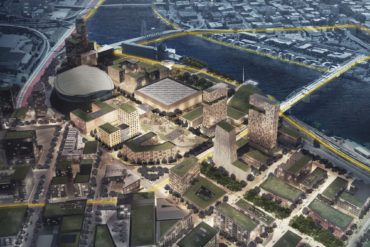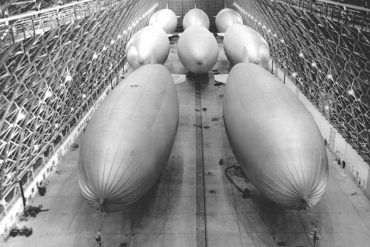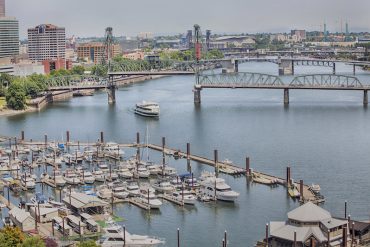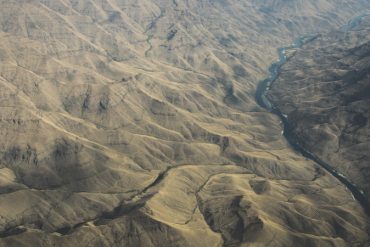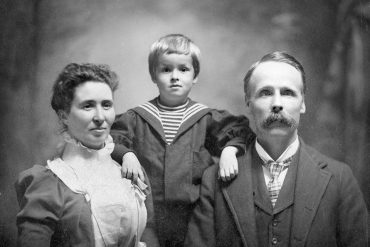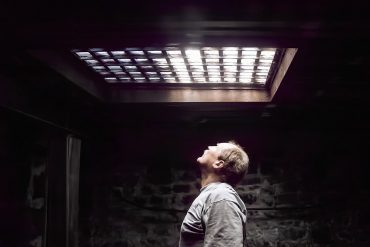Albina Rising
After bulldozers, highways and development brought down Portland’s historic cultural hub of the Black community, an innovative path forward emerges Written by Fiona Max On a Friday evening in the ’60s, locals of Northeast Portland’s Albina district could be found in the Hill Block building, an iconic, domed building on the corner of Williams and Russell Street. At the time, the place was home to the Cotton Club, a jazz club which had quickly gained popularity under owner Paul Knauls. Knauls had worked his way into the scene in Spokane, Washington, at the Davenport Hotel, and had gone to Portland in search of a venue of his own. He bought the rundown Cotton Club in 1963, and brought it back to life. Its fall, Knauls said, would come in 1968, after the assassination of Martin Luther King Jr., as tensions between the Black and white community ran high. “People came…


